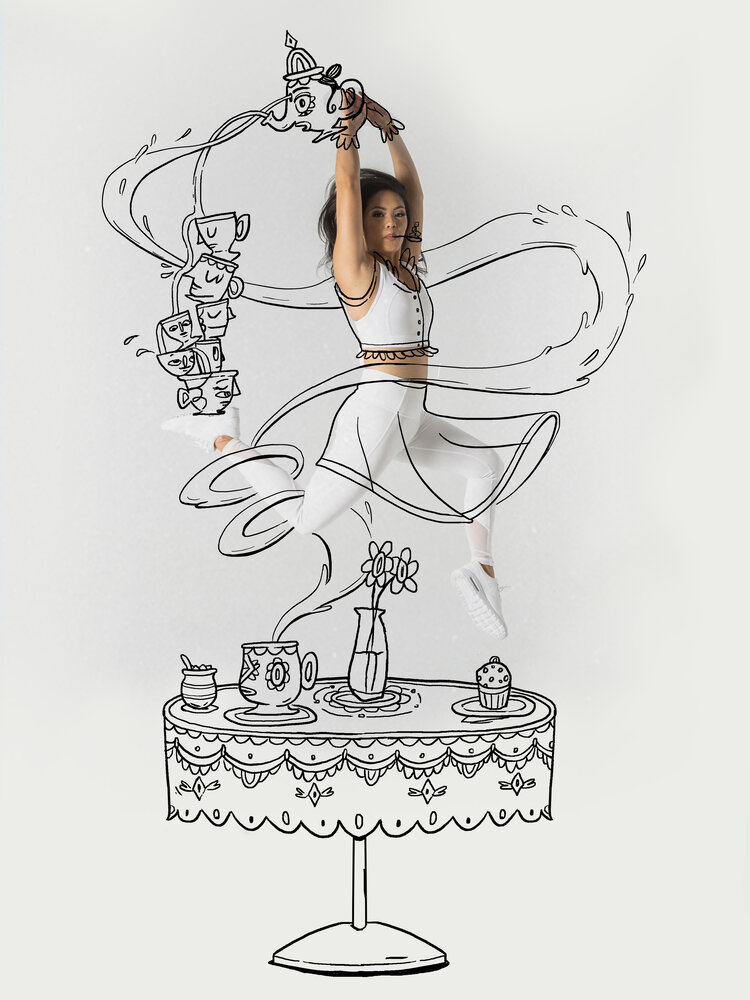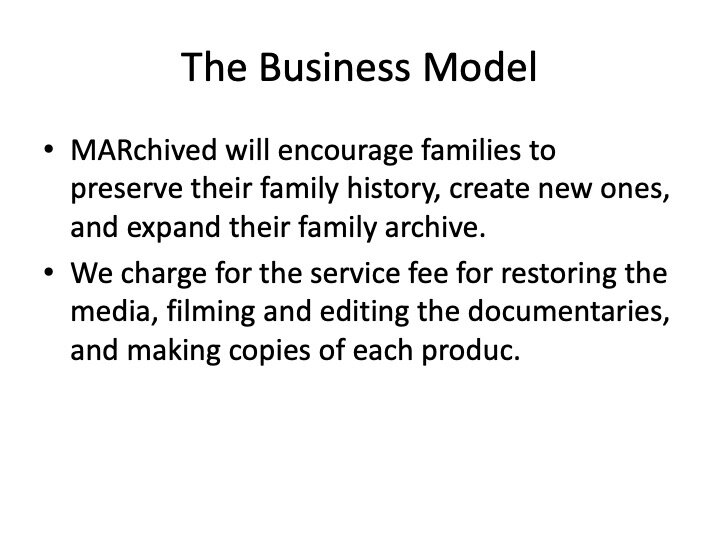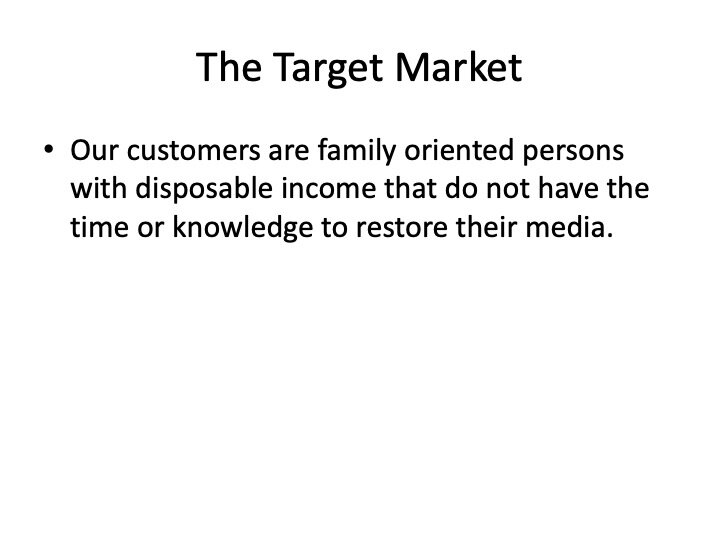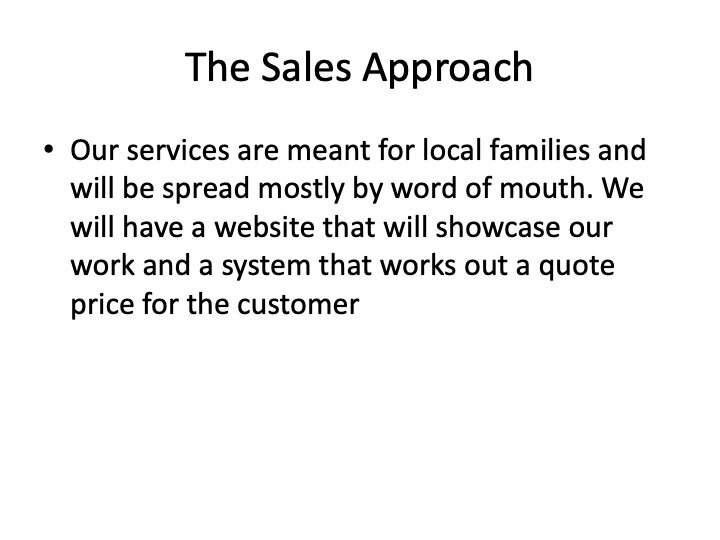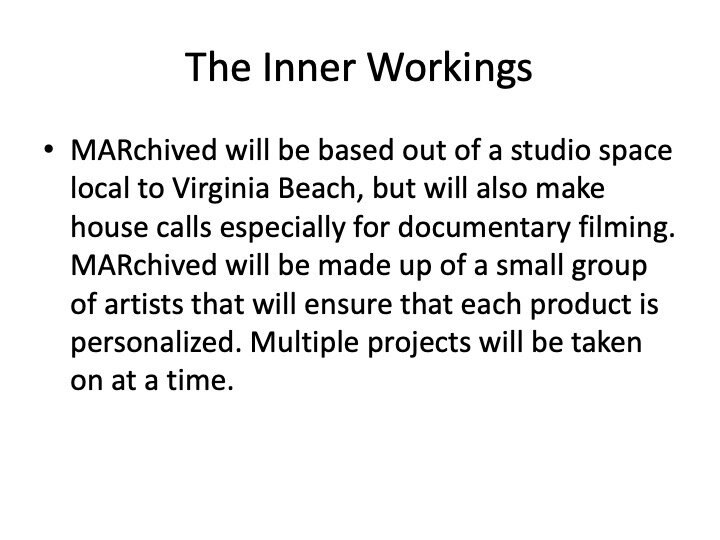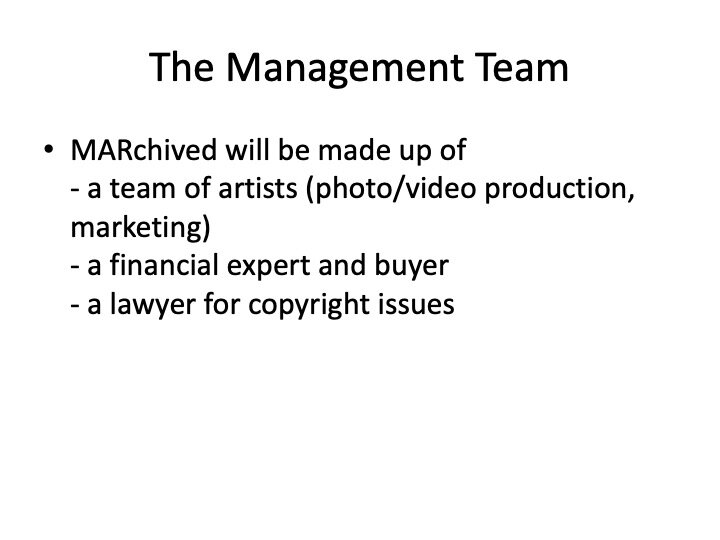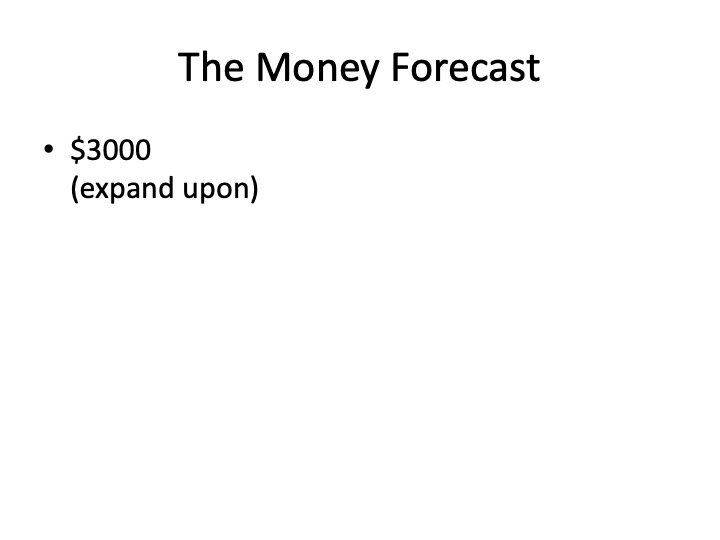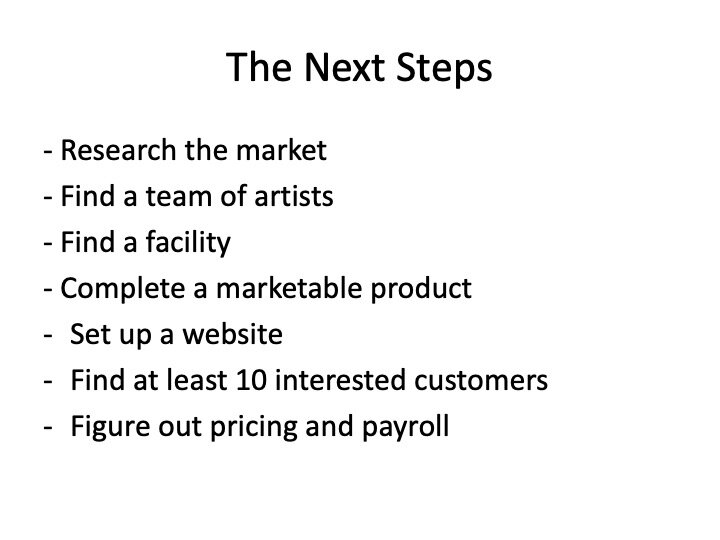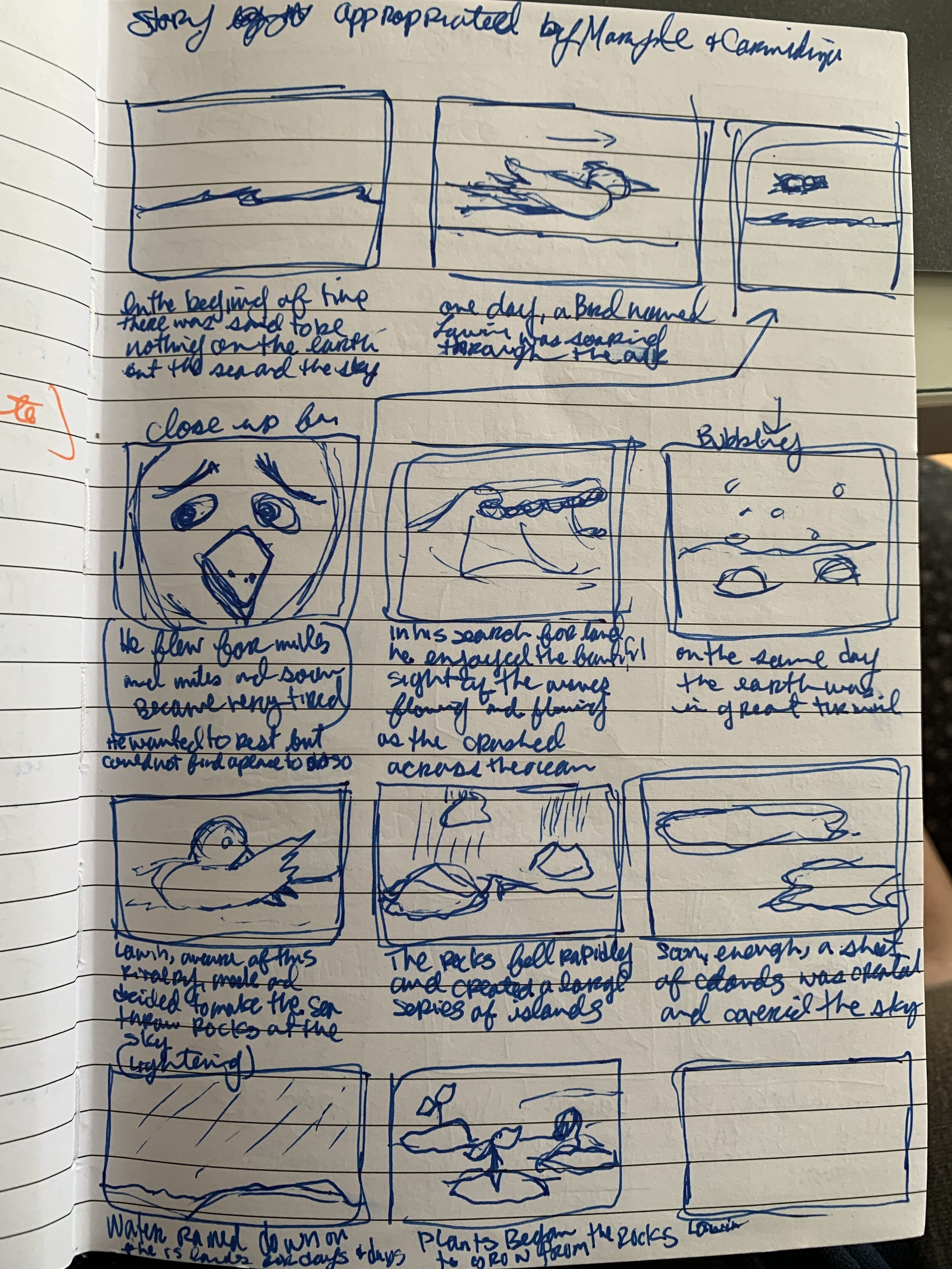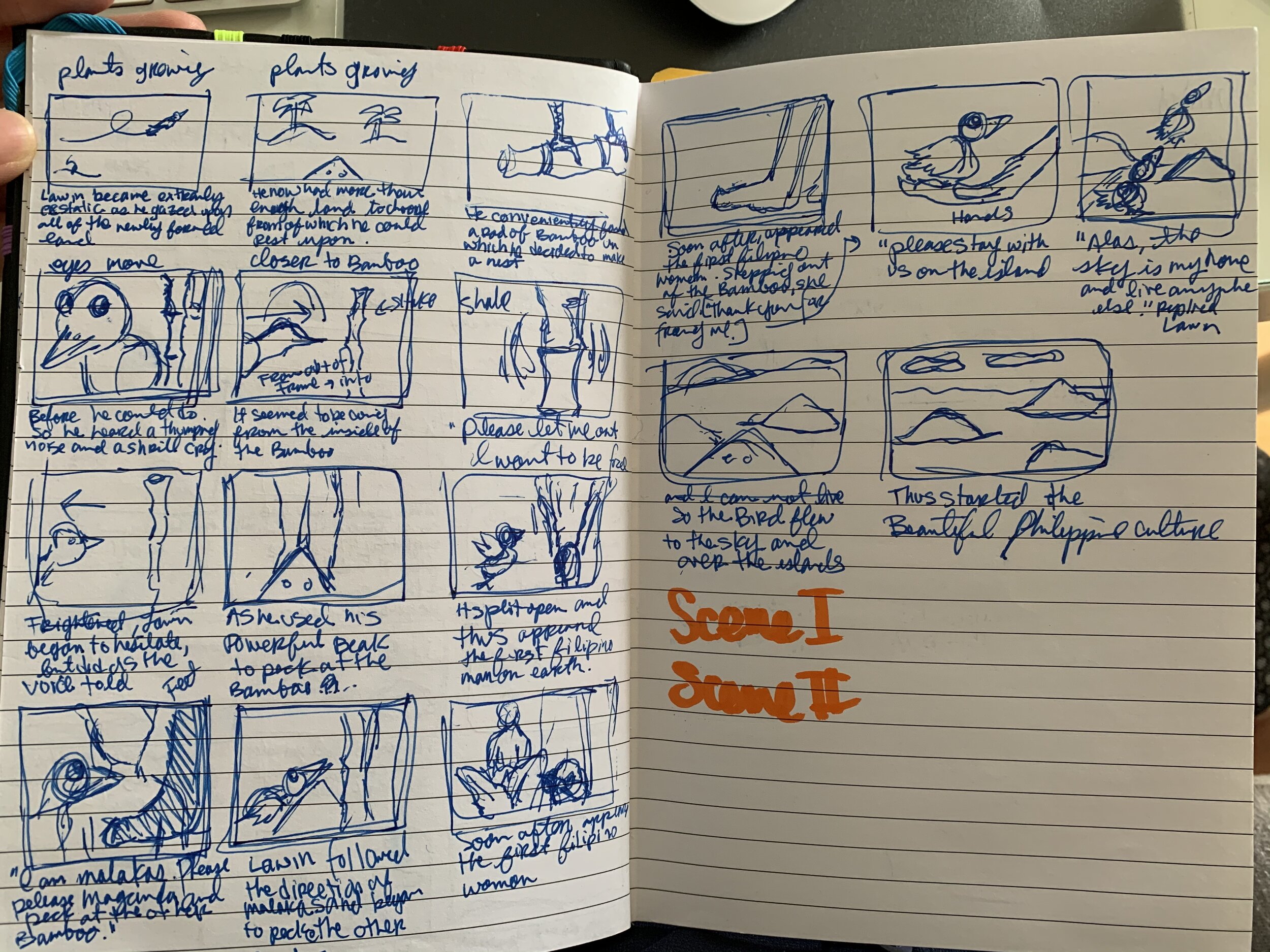The following interviews shared in this blog are unedited versions of potential podcast episodes. Uncollapse each section of the origin story below to learn more details.
Origin Story
+ The Idea
Whenever I come across an idea for a service or product there are a handful of go-to people I call. I run these by each of them and with each call the idea evolves. Each individual has a unique perspective or philosophy they bring to the table. Some of them are designers or artists and some of them are fellow entrepreneurs or analytics.
I can’t count the number of times I’ve come up with ideas and then never have the motivation to fully execute them. This could be due to lack of energy, time, or resources. So instead, I decided maybe I could turn the conversation itself into the final or first product. Instead of repeatedly walking away from the ideas with negative feelings about how I couldn’t follow-through, I started to reflect on what I love about those experiences. Above all else, it’s ideation.
I absolutely love problem solving. Ask anyone who knows me. I love puzzles of all sorts like escape rooms, strategy games, etc. In each activity you have to analyze the situation at hand and exercise your creativity to make decisions or create a plan to execute.
So here goes my first attempt. However, I’m not going to commit to the idea of creating a full brand identity or launch plan (both could be potentially steep slopes for me) for this experience until I have successfully recorded 12 episodes. Why? Because life happens. If anything, this could turn out to be a really great exercise. The fact of the matter is that with my current situation in life, I can’t afford to fully commit to another passion project because there are other things I need to prioritize. However, I don’t want to lose whatever piece of what these ideation experiences contribute to my life. So I’m going to set a few parameters.
+ Parameters
- I’m going to limit each episode to 30 minutes
- 5 mins for introductions
- 20 mins content
- 5 mins for closing
- At the end of each episode we’ll look up whether it’s an existing product or service
- I’m not going to edit the audio into curated episodes
- I’ll upload the raw audio from episodes here on this post
- Minimal editing required will be to align the separate audio tracks recorded by each participant
- I won’t edit them into polished episodes until I’ve recorded 12 episodes
- I’ll upload the raw audio from episodes here on this post
- End of episode, we’ll look up if the idea exists
- The purpose of each episode is to engage in the process of ideation
+ Working Titles
- I Have An Idea
- Empty Pitches
- Pitch Practice
- Think About It
Episode Queue
Ep. 1 A PodCast About Ideation
February 5, 2021
This episode explains the idea behind creating this podcast. I essentially explain the origin story to Kris and Joe who share their feedback on the greater purposes this project could serve.
Ep. 2 The Creative Intern Temp Agency
February 5, 2021
In this episode we talk about the manager-employee relationship and an idea to create an internship program focused on developing healthy manager-employee relationships. The first title I thought of was “Bad Managers Inspire Positive Youth Development Program,” but that seemed a little too much like click bait.
Effective onboarding and training are topics that I’ve grown very passionate about over the recent years. I’ve worked in a lot of roles where I was responsible for developing protocol and training employees or interns for companies with little to no training material to start with. Being that we’re in the middle of a pandemic, I have a growing concern for the young adults in my life, especially the shy ones, and want to create opportunities to help them gain professional experience whilst navigating through this new window of teleworking culture spreading across the nation.
X-Men Characters Sourced from Comic Vine
Ep. 3. Clubleisure
November 14, 2020
Practical activewear with stylish silhouettes? The video below is a compilation of the first brainstorm sessions we had about an idea currently described as clubleisure.
Ep. 4 Filipino American Voices Just Livin’
February 11, 2021
A conversation about an idea to start a podcast on modern Filipino American experiences.
Raymond Obispo, who we call Obi is a mentor and now longtime homie of CJ and I. Through the works of social commentary and traditional Filipino folklore, Obi facilitated a journey of exploring Filipino American identities for generations of students. His organization is called Filipino American Culture Society (FACS). We were also introduced to the art of creative production and stage performance through FACS.
It had been some time since I engaged in any kind of meaningful dialogue about Filipino American culture with my peers so I figured I’d hit up one of my original sources and ask if he’d be interested in starting a podcast of his own. Our round table discussion took many turns, but left us all with good energy and high hopes of seeing this through. We brainstormed titles like “straight kickin’ it”, “this is the story, and “we are the story.” Those will probably be worked into our copy in some form, but the Obi summarized it perfectly when he dropped the line:
“Authentic Filipino American voices just livin’.”
- Raymond Obispo
After the Show Kickin’ it with FACS Alumni
If you were ever a member of FACS, the Filipino American Culture Society, you know that after the meetings or workshops Alumni usually stick around end up chatting for a while. The following conversations were edits picked out of the original recording and most importantly the reveal of our mystery guest, Charlene Prosser. We went on so many tangents like FACS legacy, Bridgerton, and Baby Tees. Aside from the random nuggets we touched a little about the potential of the new stories the next generation has to share and how to transition our Filipino American Storytelling journey from stages to screens.
Ep. 5 Uncharted Maps
February 28, 2021
Joe has an idea for an app that would let you engage in a personalized land discovery experience. From restaurants to strip clubs, this app would combine features from existing apps such as roadtrippers, Foursquare, Yelp, and Google Maps in order to help users keep track of all of their favorite locations.
Each map would start out blank and only a specific range around the user would appear visible. As the user begins to travel to different regions, the geolocation of the user’s device would activate a feature that would display geographical features of the map. The user could then mark their favorite locations which would appear alone and without all of the other “visual clutter” of other buildings and sites. Helping to reduce cognitive overload, this would allow the user to concentrate and locate specific land sites.
Ep 6. Food Storage and Waste
March 7, 2021
Image sourced from asiansneverdie Instagram account
In 2018 I took a course called Non-Instructional Interventions which was part of my Instructional Design & Technology program. I was given an assignment to create an intervention to solve an existing issue or address an opportunity within my household. Uncollapse the link below to read the full prompt.
+ Intervention Design Assignment Prompt
You will design 1 non-instructional intervention. Your audience is family members and your intervention involves establishing, improving, maintaining and/or extinguishing family member performance regarding a problem/opportunity inside your home. There is no instruction. The intervention may use any type of media available to your household. Your experience design prototype will include the following: context/rationale for the intervention, persona construction, analysis, objectives, a non-instructional strategy, and assessments.
The goal of my intervention was reduce food waste. I came up with an idea to strategically organize our refrigerator and pantry in a way that would hopefully motivate us to finish our leftovers. Maybe one day Joe and I will give it a try for a week or a month and report back with our results.
Ep 7. Fitness Challenges and Goal Setting
March 30, 2021
Source from MyFitnessPal
As many of us do, I’ve attempted a number of challenges for fitness, meditation, etc. throughout my lifetime. My journey to become more disciplined will be never-ending.
Aubriel Vo and Joe Laguerta, two of my most consistent accountability partners, joined me on this episode about fitness challenges and goal setting.
For the month of April, I’m starting a fitness challenge with our friend Andrew Mihalkovic (and anyone else interested) and we’ll be doing a 2nd episode to check in on how the challenge went.
In this first episode, we talked about different variables that have helped each of us find success with our own fitness journeys or other challenges. Aubriel mentioned the value of comradery and devising a detailed and maintainable plan of attack. Joe introduced the idea of SMART goals, the significance of having a meaningful “Why?,” and I attempted to apply it to my goal:
Specific: Run or walk and use an app to track my progress
Measurable: Total of 30 miles
Achievable: I attempted and accomplished this goal in 2019
Realistic: I could try to complete 1 mile a day or stack several miles a day when needed
Timely: My deadline is April 30, 2021 at 11:59pm PST
Short-Term Why: Recently, I’ve been assisting on a few production shoots which is far more physically demanding than the desk work I do other days of the week. I’m interested in increasing my stamina and endurance.
Long-Term Why: I want to condition my body for a more physically active lifestyle in general. We used to play a lot of recreational sports, but with the recent pandemic we haven’t been as active. More specifically, we are planning to start a family several years from now and I want to make sure I’ll be able to handle the physical demand and energy levels of raising children (or attempt to) lol.
